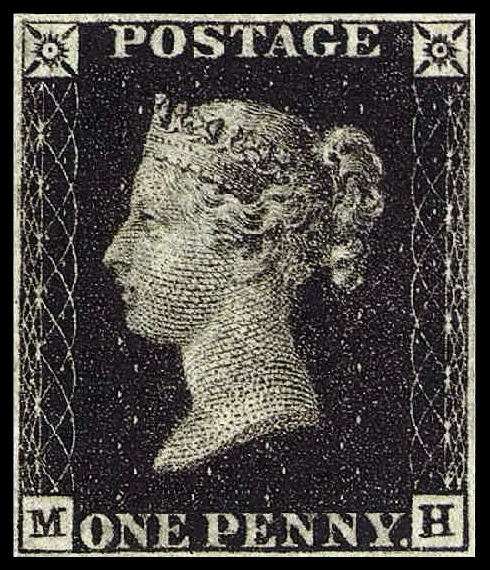Alan Bradley. The Sweetness at the Bottom of the Pie. New York: Random, 2009. Print.
This murder mystery is marketed to adults, but considering that the main character is a 11 year old girl with an unusual family, this could just as easily be marketed as a young adult novel. Flavia, our protagonist, has two older sisters who torment her—of course, she can just as well torment them back. Flavia loves chemistry, and she uses her knowledge of chemistry to get back at sister Ophelia who had tied her up and locked her in their attic.
How could teenagers get away with such stuff? Their mother died when Flavia was a baby, and their father pretty much does nothing except work on his stamp collection. The family is minor British aristocracy, and they live in a large manor house with two hired help—the cook Mrs. Mullet and caretaker Dogger. The three kids are pretty much left on their own in the big house.
One day their father, Colonel De Luce, gets a mysterious delivery, a stuffed jacksnipe (a type of long-billed sandpiper) with an old postage stamp impaled on its bill. This unusual message disturbs the Colonel, and within a couple of days an intruder is found dead in their yard.
The story has quite a bit of action. The colonel is arrested for the murder of the stranger, and Flavia does some sleuthing and getting into trouble to try to find out who really did it. People who have a smattering knowledge of chemistry and stamp collecting will especially enjoy this story, though things are explained clearly enough for the uninitiated. It did help, for example, for this reader to know what urushiol is. Eventually Flavia tells us. (It is the active ingredient, if you will, in poison ivy.)
Similarly, if the reader knows anything about the earliest postage stamps which were first issued by the United Kingdom in 1840, the story becomes fascinating. Without giving away too much of the plot, the stamp stuck onto the snipe is a Penny Black – the first postage stamp ever issued. It has a picture of Queen Victoria in a frame. In the bottom of the frame are the words “ONE PENNY” in capital letters.

The Penny Black
This image shows Row M Column H
However, this stamp also had markings to indicate the position of each individual stamp on the sheet. In the lower left hand corner it has one letter to indicate the row the stamp was in. Letter A was the first row, B the second row, and so on through T, the twentieth and last row. In the lower right hand corner of the frame it had letters A through L, to indicate which of the twelve columns the stamp had been cut from. The stamp on the snipe had the letters B and H, so the writing along the bottom could be read as “B ONE PENNY H.” It turns out than a boarding school classmate of Col. De Luce was Horace Bonepenny. When putting the family name first as for alphabetizing, that becomes Bonepenny H.
There are a number of entertaining clues like that that help Flavia solve the mystery, but also get herself into many jams. This book is the first of a series, and I suspect that many readers will enjoy the clever Flavia and her humorous cheer.
One note on the American edition of The Sweetness at the Bottom of the Pie cited above. The cover is all wrong. It has a picture of a totally black bird like a crow with an orange stamp impaled on the bill. The jacksnipe, like other snipe and sandpipers is spotted brown and shaped completely different from a crow. I can also assure the reader that any stamp known as the Penny Black is not orange; however, there is an orange stamp that does figure in the story: the Ulster Avenger. It got its name because it was orange like the favorite color of Ulstermen. Read the story and find out more about that one.
Photo credit: Wikimedia Commons, public domain. See https://commons.wikimedia.org/wiki/File:Penny_black.jpg
Flavia is 11
Dear Theresa,
Thank you. This has been noted and corrected.
JB